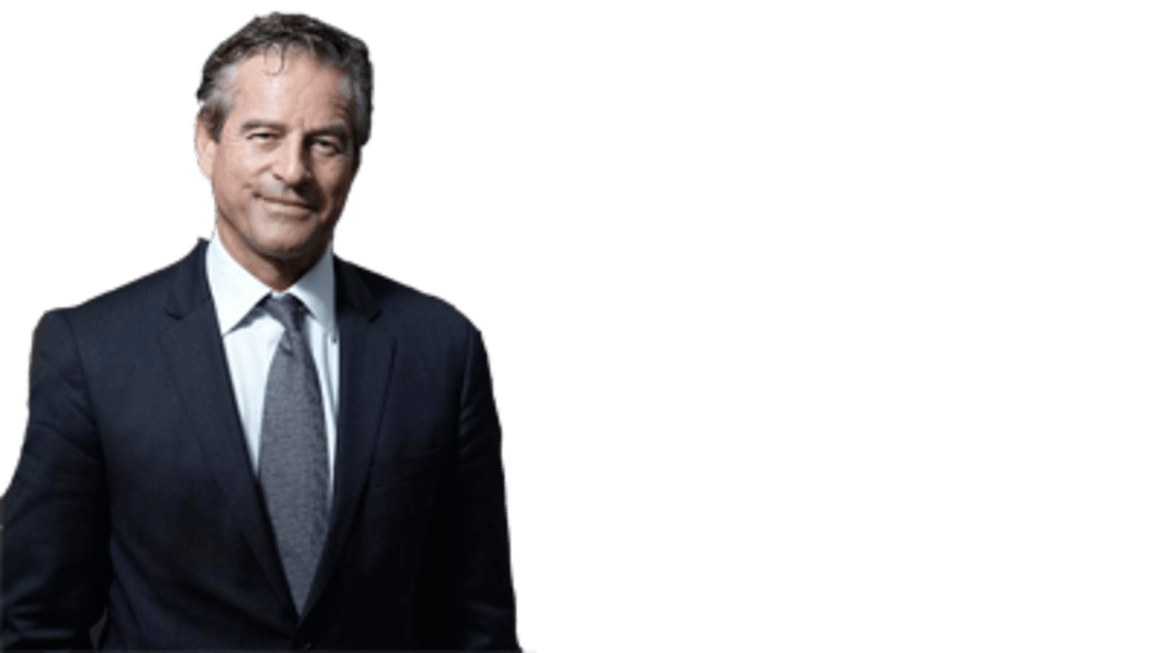Getting the mix of property and shares right for your retirement portfolio

Retirement investors need to learn an approach called portfolio optimisation.
It’s something the professional fund managers aim for, but they create funds that suit many investors, whereas you can tailor a portfolio that is optimised for your own needs.
There are three factors in portfolio optimisation, a concept that is the specialty of the RP Data-Rismark economist (and Yellow Brick Road director) Christopher Joye.
The first is your target return. This is the return you want from all of your investments when you retire. Start with an actual sum so you can track back and find the annual rate of return you are aiming for.
This is where you start deciding what kind of assets and what kind of yields are in your portfolio.
Which brings us to the second factor: your risk.
There are many ways of defining risk, and many that are marketed to us.
But if you are not a professional I think it’s quite reasonable to see risk like this: it’s the risk that you won’t get back as much as you put in.
This is not scare mongering. As you age, you have less margin to earn back the money you lost on an investment and the risk you face is that you might go backwards when you can’t afford to.
The third factor in portfolio optimisation is one of correlation. That is, you can insulate the risk in one type of asset by investing in a different asset with an unrelated risk characteristic.
Bearing in mind these factors, it’s fascinating to read Joye’s research into which asset mixes performed best from 1982-2012.
For non-home owners over this 30-year period, who opted to buy one investment property, this was their optimised portfolio: 46.8% in cash; 36% in Australian government bonds; 9.2% in Aussie shares and 8% in the investment property.
Did you notice what weighting Aussie shares had in this optimum portfolio?
The optimum investment portfolio for home owners 1982-2012 is also interesting: the family home + one investment property should have been 60% of the portfolio, 21.9% should have been cash, 10.9% Australian government bonds and 7.2% Aussie shares.
Volatile listed property trusts and global shares don’t make it into these portfolios while cash and bonds have a heavy weighting.
Exercises such as these are valuable to the independent investor because they illustrate what performs long term, and Joye’s figures are presented as a mix – an optimised portfolio with a high degree of uncorrelated investment.
I’ve been predicting for a while now that Australians are going to move their retirement savings to fixed-income investments such as cash and bonds.
Fixed-income products have reasonably high returns with nowhere near the volatility of equities. And as Joye’s research shows, they seem to be a good portfolio fit with property ownership.
Always get advice, but if you don’t, start thinking in terms of portfolio optimisation.
Mark Bouris is executive chairman of Yellow Brick Road, a financial services company offering home loans, financial planning, accounting and tax, and insurance.